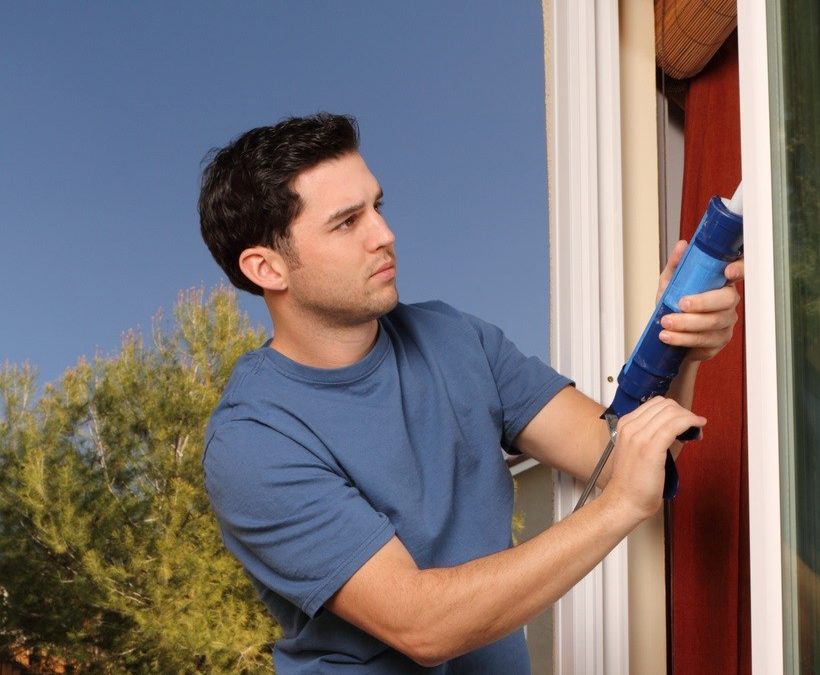The unprecedented health and economic impacts from the COVID-19 crisis are affecting us in innumerable ways. One result of spending more time at home to slow the spread of the coronavirus has been increased residential energy consumption and utility bills. And while energy efficiency is the best antidote, implementing major energy-saving upgrades often requires allowing workers inside our homes, which many people have been avoiding during the pandemic.
Efficiency Workers are Your Neighbors
Along with saving money and cutting pollution, efficiency can sustain and create good, local jobs. Prior to the pandemic, America’s energy efficiency labor force totaled almost 2.4 million people working in every county across the nation. But as a result of the COVID-19 crisis, the flourishing efficiency sector lost more jobs than any other clean energy sector.
These workers include local electricians, HVAC technicians who work with high-efficiency systems, and construction workers — as well as manufacturing employees who make the ENERGY STAR® appliances, LED lighting systems, and efficient building materials that aren’t being installed as usual during the pandemic.
Don’t let the Pandemic Stop You
But you don’t have to wait for the pandemic to end to improve the efficiency of your home.
A good first step before undertaking significant energy-saving upgrades always has been getting an expert assessment of the efficiency of your home and its systems. While in-home efficiency assessments have resumed in some states, other areas may have shifted to virtual energy audits. Check with your local utility about this and their latest efficiency program offerings, such as weatherization improvements and rebates for highly efficient appliances that you can take advantage of now and when you feel it’s safe to have workers in your home again.
There’s no question that we need to get efficiency workers back on the job as soon as it’s safe. They are integral to reducing energy waste in our homes (as well as other buildings like schools and hospitals), saving money on our utility bills, making our homes more comfortable, and avoiding additional powerplant pollution. And because efficiency jobs are primarily local, getting those folks back to work also will help boost hometown economies.
In the meantime, here are some simple energy-saving upgrades you can make on your own.
Seal the gaps: If you add up all the gaps around the windows and doors in an average U.S. house, you’d have the equivalent of a 3-foot by 3-foot hole in the wall. The Department of Energy has a list of other potential cracks or gaps to seal with caulk or weather-stripping—including electrical outlets, wall or window-mounted air conditioners, and mail slots. While ventilation is valuable for protecting your health, reliable mechanical ventilation such as exhaust fans for the kitchen and bathroom are recommended for safety, rather than relying on construction defects. Sealing around gaps can make your home less drafty, keep cooled (or heated) air inside, and help keep your energy bills low.
Replace filters: Make sure your furnace and air conditioner filters are clean, so your equipment isn’t working harder than it needs to be. That will save money, lower emissions, and extend the life of the equipment. Some filters can be cleaned and reused, but others must be replaced entirely so check the maintenance requirements for your specific models. And when officials deem it safe, consider calling an HVAC professional to do an onsite evaluation of your system for further improvements.
Light-en Your Bills: Switch your bulbs to LEDs. They use up to 90 percent less energy to deliver the same amount of light as the old-fashioned incandescent bulbs, and last 10 to 25 times longer. The average home has 40 sockets so installing even a few will help.
Save Water (and the Energy Required to Heat it): Install a high-efficiency showerhead, which can save more than 2,000 gallons of water per year, most of which is hot water, lowering both water and energy bills. A “pressure compensating” model ensures plenty of power, no matter the water pressure. And aerators that screw onto the end of sink faucets can reduce the flow to 1.5 gallons per minute or less (down from 2.2 gallons per minute), still plenty to clean and rinse hands.
Click here for more energy-saving tips to lower your home energy bills.
Join us on Energy Efficiency Day on October 6, 2021, to celebrate energy efficiency. Sign up as a supporter or ask your elected officials to issue a proclamation.


Recent Comments